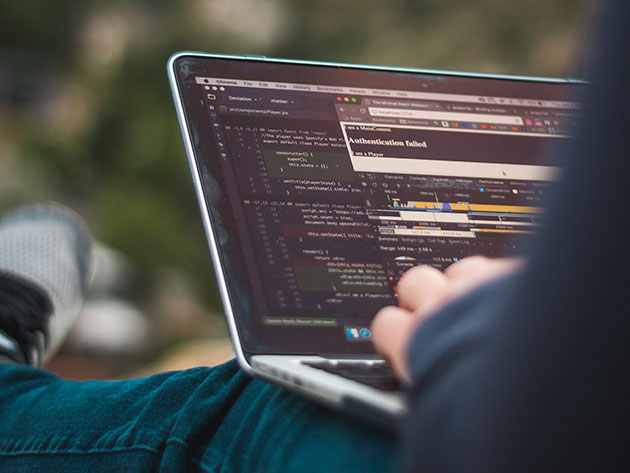The area of computer graphics (CG) research is extensive. Not only is it about exploring new ways to generate and present images through computation and algorithms, but there is also the study of principles behind how these images can be viewed consecutively to portray a sense of motion. At Huawei, their vision is to bring in more cutting-edge CG technologies to the industry.
Having acquired a good amount of technological know-how, coupled with complete hardware expertise, Huawei wants to share their knowledge with the world. In the CG field especially, they want developers to benefit from years of graphics rendering technology by providing improved solutions to enhance app performance.
At the start, Huawei invested a large amount of effort to engage with developers. Through countless interviews, their development team was able to take a deep dive into the trends, pain points, requirements, and industry. Coupled with the industry insights Huawei garnered from the work they’ve done; we gained many precious insights.
In engaging with gaming developers, for example, it was understood that their focus is to make games more fun and expressive. But with the lack of hardware understanding, it is a challenge to perform in-depth graphics optimization. This is especially so when they are faced with business challenges and pressures to trade-off. As a result, they often face a couple of issues – gaps in the implementation of 3D graphics on various platforms, poor high-end image quality rendering, and high power consumption.
In June 2020, Huawei launched the CG Kit as part of their HMS Core 5.0 capabilities. Given the in-depth insights into the CG industry, they were able to develop the CG Rendering Framework that provides better 3D rendering capabilities on Huawei devices. It also supports secondary development, with increased graphics performance while reducing difficulty and complexity, which therefore helps significantly increase image quality, power consumption, and overall development efficiency.
With the CG Kit, developers can now focus on app innovation. We also have team members seconded to our key gaming partners’ offices to conduct joint research and development. By working even closer together, there can be a better understanding of the needs of the industry and their development process to drive further integration between Huawei and developers from a tools and workflow perspective.
At the same time, Huawei not only wants to provide developers with cutting-edge technologies such as super-resolution and animations, but Huawei also wants to grant them a platform with access to the latest graphic innovations in the industry. That way, developers only have to focus on developing content with greater imagination and value.
In the future, CG Kit aims to provide more plug-in capabilities, especially to increase the efficiency of graphic processing. Huawei also aims to drive further development in CG, where CG Kit then becomes a bridge for developers to exchange ideas and experience; to learn from each other. Only then, will we have a more vibrant and diversified ecosystem development community.
We thank HUAWEI for sponsoring this post. Our sponsors help us pay for the many costs associated with running XDA, including server costs, full time developers, news writers, and much more. While you might see sponsored content (which will always be labeled as such) alongside Portal content, the Portal team is in no way responsible for these posts. Sponsored content, advertising and XDA Depot are managed by a separate team entirely. XDA will never compromise its journalistic integrity by accepting money to write favorably about a company, or alter our opinions or views in any way. Our opinion cannot be bought.
The post Increasing Graphics Performance while Reducing Complexity with HUAWEI CG Kit appeared first on xda-developers.
from xda-developers https://ift.tt/349lp0Q
via IFTTT





















